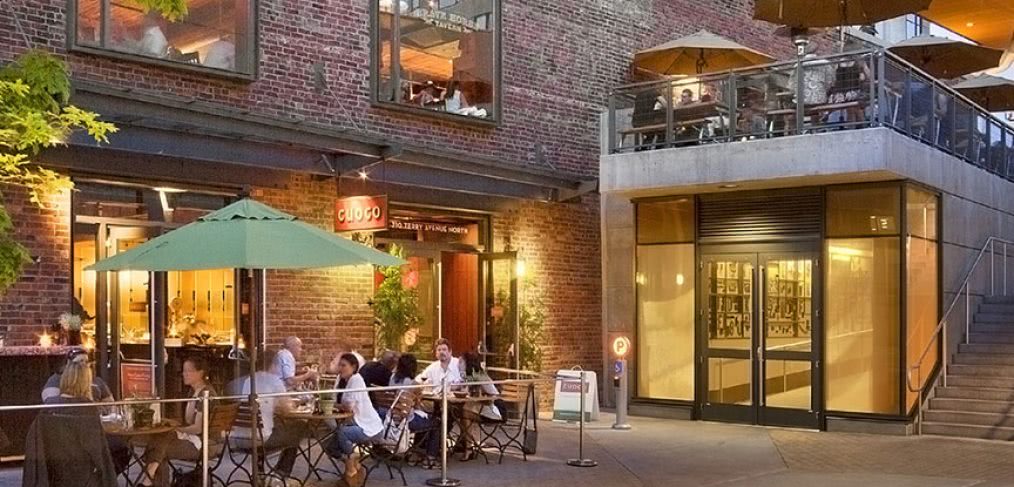
The New Luxury
What do micro-units, Amazon, public transportation and dog baths have to do with each other? Hint: the answer has nothing to do with dollars and cents.
Trends are reflections of societal desires, and there are some interesting trends evident in the Midwest that are representative of global trends on the rise. One such trend is the overarching concept of convenience that is generating lifestyle and consequential choices in real estate development, both micro and macro. Luxury has been cloaked in many different mantles, generation by generation, and I see the “Next Big Thing” coming.
For most of us Boomers, luxury was b-i-g. Luxury cars were big, houses were big, the new interstate system was big. And that meant debt was big, too. All those luxuries came at a price—but did it matter? In fact, for most of recent U.S. history, luxurious life choices and products were synonymous with the large and expensive. We wanted pricey status symbols to signify our successes on both the personal and national levels. Post-war, the country was awash with available land to develop, and the interstate made formerly undesirable suburban and exurban sites look like good places to raise a family. Suburbs boomed, shopping centers followed, and suburban corporate headquarters were relocated close to the CEO’s country club. Luxury meant space and lots of it.
Fast forward to 2016. Every major metropolitan area’s highways are choked. Bike-sharing programs are sprouting everywhere as a low cost alternative to unaffordable public transit expansion plans. The Not-So-Big-House trend in the 90’s has morphed into a desire for the “Tiny House” and “Micro-units.” Big is no longer better, because it comes attached with not only monetary costs but environmental and social costs, consuming scarce physical resources and personal time.
As a historically Fortune-500 heavy region and now an emerging tech hub, talent is in demand here in Chicago, now more than ever. But talent doesn’t want to spend an hour or more in a car each way to a job in the suburbs, and the large, aging suburban housing stock doesn’t hold much appeal for millennials and boomers that don’t want to spend their weekends fixing gutters and mowing grass. In the past six years, 41 major companies, including Google, Motorola, Kraft, ConAgra, Walgreen’s, United Airlines and even McDonald’s have moved major operations from the suburbs to downtown Chicago locations, all in order to make it easy for their workforce to live, work and play in the same fantastic urban environment.
Chicago’s City Hall has noticed. New transit oriented development (TOD) legislation has radically reduced required parking for residential units, in some cases allowing no parking at all. Naturally, not having to build structured parking has unlocked the value of many an urban site, leading to the construction of thousands of new units near CTA transit stops in hip neighborhoods like the West Loop, Logan Square, and Bucktown. In a particularly prescient move, the Department of Planning and Development is rumored to be considering altering existing zoning designations and perhaps eliminating or altering Protected Manufacturing District designations in some northside neighborhoods that have historically precluded residential units. Not surprisingly, the job opportunities in these neighborhoods have long since transitioned from manufacturing to service and tech- based jobs but still lack the residential components to make them a convenient, even walkable, commute.
Okay, reduced commuting time, check. But for many Chicagoans, students, Gen X, Y, Millennials and Boomers, the quest for convenience goes further. Perhaps the holy grail of convenience is to not own a car, not be tied to a mortgage, not have to fix anything, and judging from the popularity of minimalist tomes like Marie Tondo’s The Life-Changing Magic of Tidying Up: The Japanese Art of Decluttering and Organizing, not own much of anything at all. Convenience supports our current yearning for simplicity and its requisite divestiture of stuff. It means walking to the grocery store for a carton of milk instead of having to drive there.
Current mixed use development trends support this quest. Luxury units are getting smaller. Residential spaces in new mixed-use districts can command high rents precisely because the developers provide jaw-dropping amenities—you don’t have to own a pool, private theater, basketball court, dog washing station, bike repair shop or wine cellar, but you sure get to use them. You don’t have to suffer the low-level anxiety of a mortgage commitment or the high-level anxiety of fixing the roof yourself. Not psyched about having to run errands this weekend? Don’t. Grocery delivery, package storage, dry cleaning and cleaning services are available on site. And even if you accepted the weekend invitation from your hippie college roommate that lives in the woods, no worries— zip cars are on site, too.
Ironically, mobile devices, by far the most dramatic change to our lives in the last generation, were once thought to increase convenience. They don’t. The search for simplicity is the search for less. And the search for less may be our society’s antidote to the complexity and unrelenting connectedness that our phones and devices bring.
This decade has shown us above all that we have a new king. The thirst for things has become the thirst for time.
Convenience is the new luxury.
